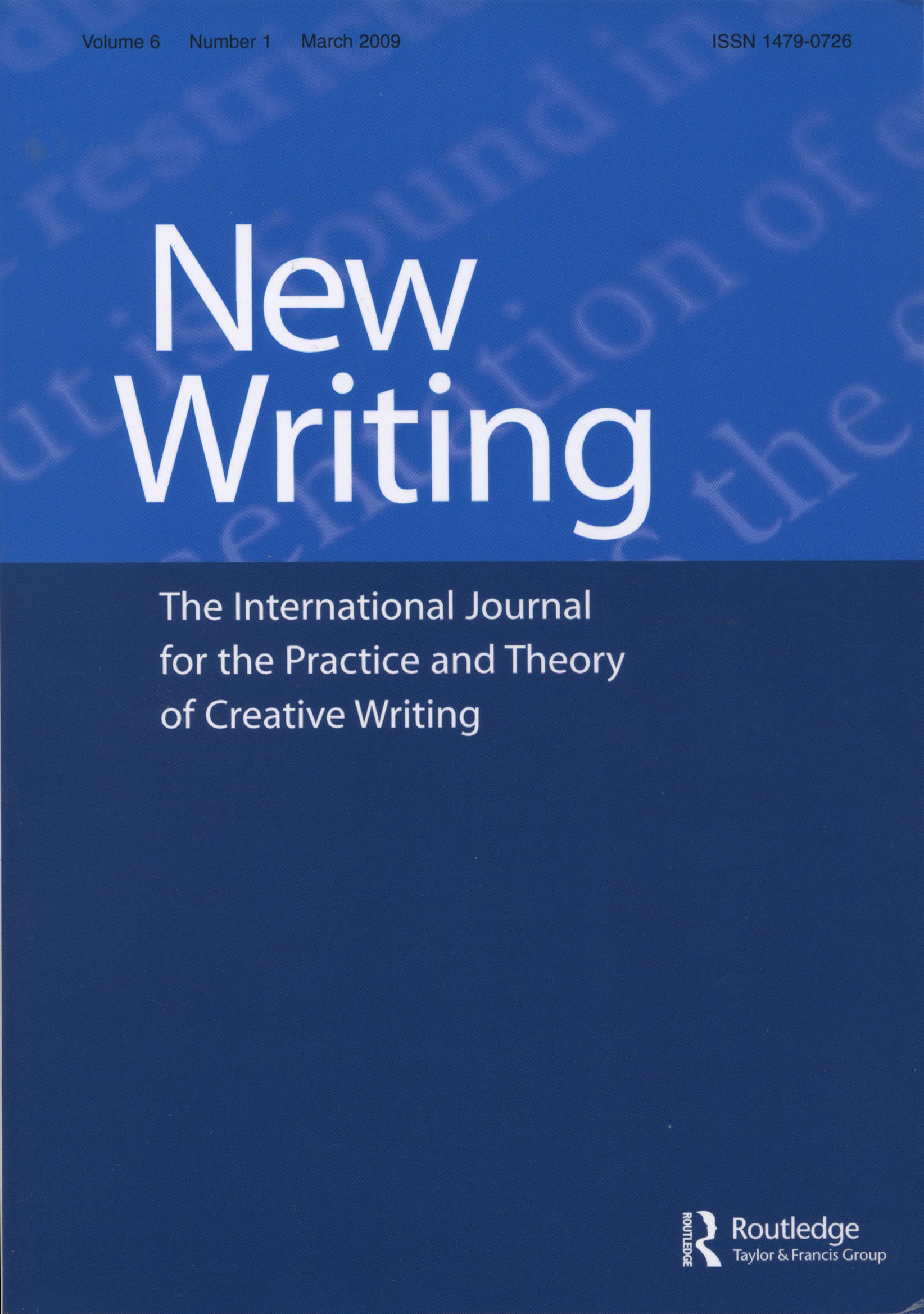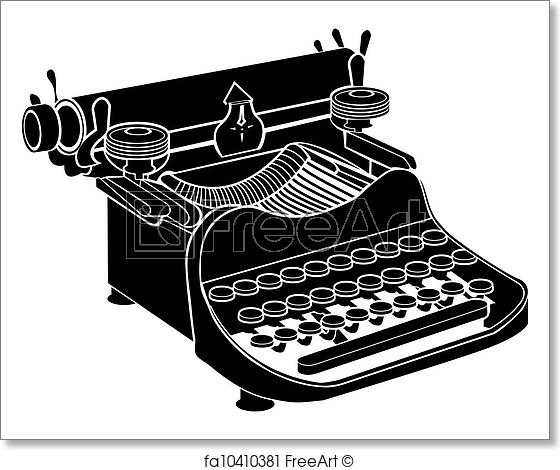technical images

It’s among the most central–and difficult–of the terms Flusser introduced. It suggests, loosely, “digital” images, “mass” media, “new” media. But it is both more and less than any of these. The phrase is awkward, perhaps slightly archaic, but, I think, carefully engineered to serve a number of purposes, not the least of which is exactly to resist familiar terms and categories. Technical images may sometimes refer to specific sorts of images, such as photographs or television broadcasts, but more often the term refers to one or more technologies.
Technical images are communication technologies that depend on mathematical code. They require an apparatus. But more importantly, they require a particular form of consciousness. Designers of apparatus, e.g.cameras, computer programs, think in algorithms, approach the world as infinitely many whirling particles that can be calculated, computed. Flusser calls this form of consciousness visual, at least to distinguish it from consciousness that think in a linear, historical way. Mathematical thought is visual, superficial; historical consciousness is acoustic, linear.
Not all technical images are visible. Photographs are technical images (they consist of particles–either molecules of silver or a pattern of magnetic charges). So are sound recordings. If technologies for constructing olfactory or tactile sensations are developed, they, too, will be technical “images,” because their development would require a visual form of consciousness.
Not all technical images are “digital”. Technical images are always “particulate:” they always involve the snatching (German: raffen) of whirling particles. But the particles aren’t always electrical charges. Analogue photography and sound recording are both technical images, and they snatch, respectively, silver molecules and (at one time) particles of wax or vinyl.
All technical images involve an apparatus. Flusser does mean, in part, that these technologies require devices, machinery. But an apparatus is a mesh of human and machine. The coordination between the two can be so close, can vary so widely, that he declines to think of the two things separately, and prefers to distinguish among various intentions (a phenomenological term that embraces both consciousness and the object of that consciousness).
Technical images can be used either as “mass” or as “art” media. It may seem odd that Flusser, someone who is probably best-known as a theorist of media, actually used the term rather rarely. This is probably because he sensed that it carries a great many assumptions with it — above all that we know what media are and what they do. In keeping with his long allegiance to phenomenology, Flusser tries to divest himself of prior “knowledge” as he approaches his subject. Arguably the book that is most properly about “media” is Gesten (Gestures). This is a collection of essays, each of which examines a characteristic “movement of the body, or of a tool that is connected to the body, for which there is no satisfactory causal explanation.” (8) The gestures examined in this book include speaking, painting, filming, telephoning, photographing, writing…along with planting, shaving, listening to music. All are distinct modes of communication, but whereas the word media suggests things, possibilities distinct from those who use them, gestures implies a unity.


